Designers predict the major branding trends of 2017.
At a time of tremendous political and cultural upheaval, one thing remains certain: Companies will keep trying to sell you stuff, and they’ll keep coming up with new ways to do it. Design is, of course, a major part of that pitch. We spoke with designers and design leaders at nearly a dozen agencies to identify the major branding trends of 2017. Below, find their five key predictions. And stay tuned for part two, in which we discuss branding trends for 2022.
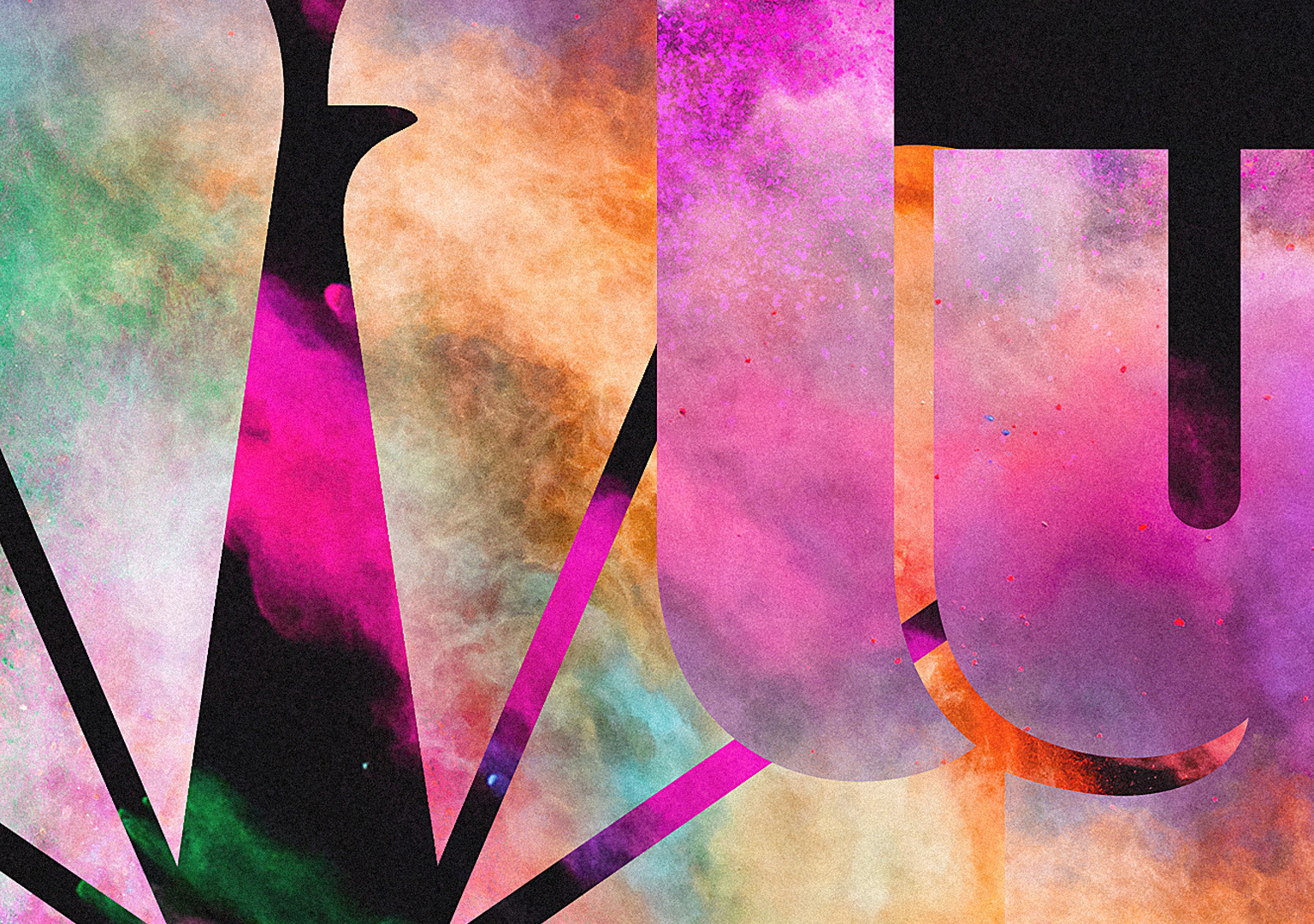
BRANDS WILL RADICALIZE
Conventional wisdom has it that brands shouldn’t talk politics. Why risk alienating potential customers? That was before Donald Trump.
Now that a sneering, orange man-child is sinking his tiny fingers into every aspect of American life, experts believe activism will become nearly as ubiquitous in the brand world as it is on college campuses. “As a reflection of the changing political tides, many brands will evolve from ‘mission-driven’ to ‘activist,’ encouraging consumers to go beyond simply subscribing to a set of core values and driving them to participate in actions to defend them,” says Geoff Cook, partner at the branding agency Base Design. “In choosing sides, brands will alienate certain consumers, yes, but will galvanize an impassioned constituency in the process.”
To Melanie McShane, head of strategy at Wolff Olins in New York, activism isn’t just about tapping into the zeitgeist; it’s a business imperative. “With the rise of political authoritarianism, brands will face fundamental choices,” she says. “About whether to take a stand on issues that offend them and their users, risking the wrath of politicians and their acolytes. Or stay quiet and seem complicit.”
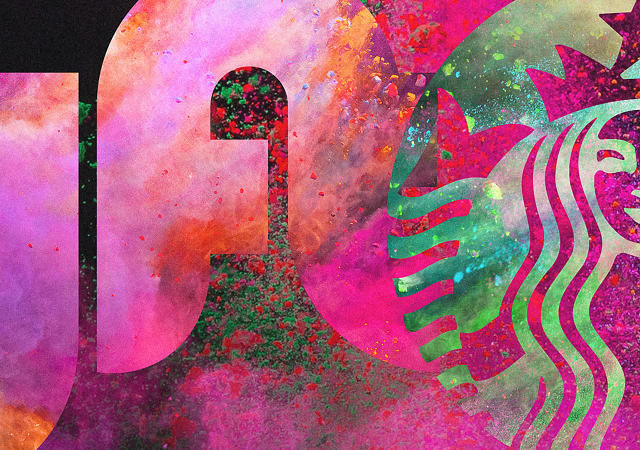
Brand-led activism is already well underway. Following Trump’s executive order last month banning immigrants from seven predominantly Muslim nations, Lyft donated $1 million to the ACLU, Starbucks vowed to hire 10,000 refugees, Airbnb offered free housing to refugees, and Budweiser flaunted its immigrant roots in a heartfelt, if predictably corny, Super Bowl commercial. Other companies issued statements decrying Trump’s actions, to varying degrees of success; Gizmodo deemed IBM’s milquetoast statement “embarrassingly weak for a company that collaborated with the Nazis.”
Which raises an important issue: It’s one thing to take action on matters that reflect a company’s values. It’s another to exploit a fragile electorate to garner attention. Now is not the time for shameless opportunism. We have plenty of that in the White House.
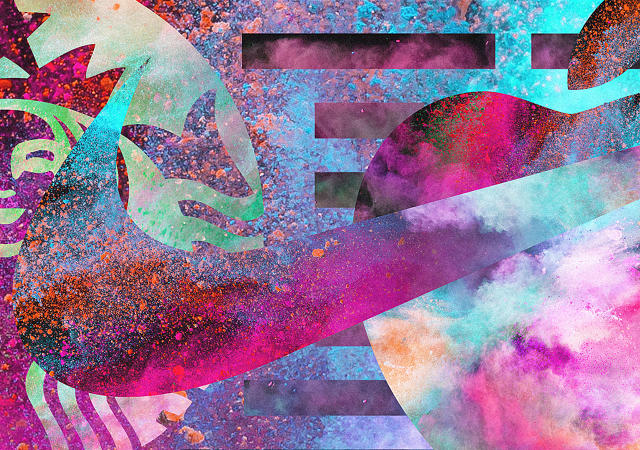
BRANDS WILL FINALLY STOP TRYING TO TRICK YOU
Trump’s pathological lying could affect brands another way: It could actually persuade them to tell the truth.
“2016 was one expression after another of an unprecedented collapse of people’s trust in established institutions,” says John Paolini, partner and executive creative director at Sullivan. “In 2017, this macro-societal trend will impact brands, creating pervasive skepticism among consumers in how they perceive the messages and promises companies are making to them. This sense of distrust and suspicion will catalyze a brand neo-traditionalism.” Brands will be stripped down to their essential parts, their narratives made simpler and more transparent. “Honesty will reign,” Paolini says. “Successful branding will have fewer tricks and more truth.”
How or whether that would apply to mega-corporations shilling morally questionable goods is anyone’s guess (will McDonald’s commercials start looking like clips from Super Size Me?). But the larger takeaway remains: Consumers are sick of the bullshit. And brands will have to adjust.
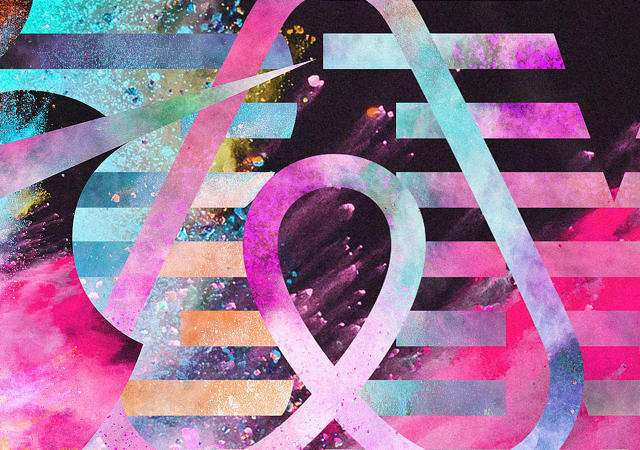
SYMBOLS WILL BECOME MORE THAN GRAPHIC ICONS
Consider the most iconic logos of the 20th century: Nike’s swoosh, NBC’s peacock, Apple’s bitten fruit. These were testaments to the power of symbols. But Sagi Haviv, partner at the graphic design firm Chermayeff & Geismar & Haviv, believes the era of traditional symbol-based logos has drawn to a close. “When my partners Tom Geismar and Ivan Chermayeff were designing logos in 1957, the year our firm began, practically any conceivable geometric shape was available for trademarking,” he says. “Today it seems like every conceivable shape has been done. . . . As a result, both designers and clients have started to associate graphic logo design with trademark infringement, and many of them are deciding to play it safe by simply rendering the name alone, without a distinctive graphic icon.”
Haviv believes designers will still find ways “to create new, original graphic icons.” Indeed, we’ve already seen symbols take on new, unconventional forms. The hotel booking app Hotel Tonight turned its logo, a bed-shaped “H,” into a user interface element that consumers swipe to confirm a purchase. Wolff Olins recently designed an open-source mark that’s nothing but a colon and two slashes—a code string that can be rendered and remixed in text, on a web page, or anywhere else a brand might live. Expect more experiments that bring symbols to life in 2017.
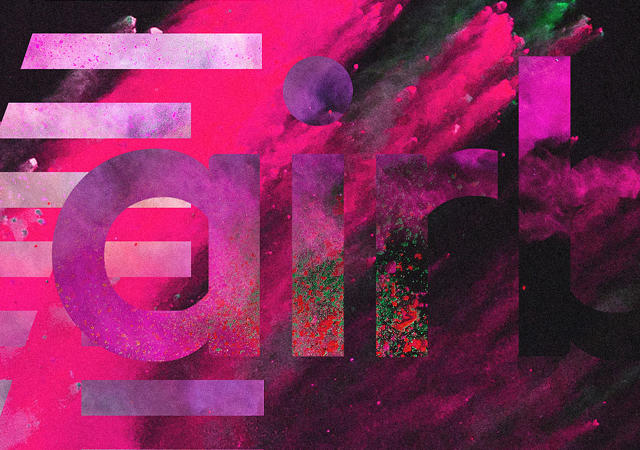
THE VISUAL LANGUAGE OF VR WILL CREEP INTO MEATSPACE
Branded virtual reality “experiences” are every company’s favorite new marketing tool, which is a pretty good sign they’re headed for the graveyard. But once you get past all the gimmicks, you’ll start to see VR used in some unexpected ways. “Right now, companies are approaching [VR] in a computer game way,” says James Trump, creative director at Moving Brands in San Francisco. “But there’s so much more that can be done. It’s new ground, and we haven’t really scratched the surface.”
Trump envisions brands experimenting with new forms of typography and layered visuals that capitalize on the 360-degree perspective wearing a virtual reality headset affords. Perhaps most intriguingly, he thinks the visual language of VR will inform branding in the real world. “Brands will start to be influenced by and borrow from the visual style of VR,” he says. “I can imagine this playing out in lots of ways—combining flat and 3D elements, more spatial-feeling typography, and more layering to imagery.”
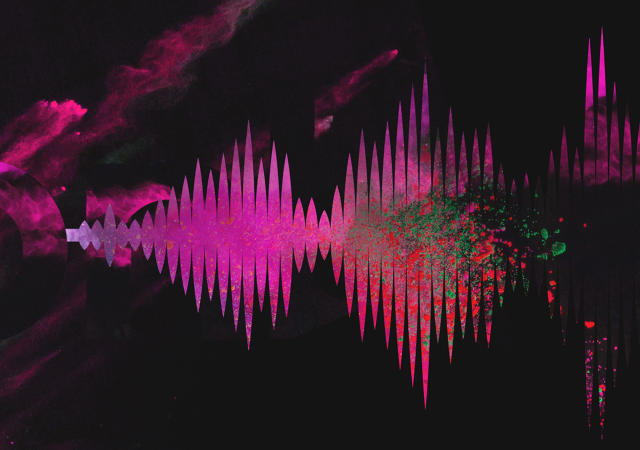
AI WILL FORCE BRANDS TO EXAMINE THEIR ETHICS
The trend with the greatest potential to transform how brands reach consumers in 2017 and beyond is the rise of artificial intelligence. Whether through chatbots or voice assistants like Amazon’s Alexa and Apple’s Siri, brands can now speak directly to customers. On one hand, this lets companies cater their message to individual consumers, which could potentially reduce the annoying, spray-and-pray approach of most marketing today. As David Schwarz, partner at the experience design agency HUSH, puts it: “Much like your Facebook or Instagram timeline is both personally and algorithmically curated, branding will be more in the eye of the beholder than in the eye of top-down business leadership.”
On the other hand, AI gives companies unprecedented access to consumers’ lives. My colleague Mark Wilson paints a dark picture of such a future: “Have we evolved to be such inherently social creatures that when we have the opportunity—and eventual necessity—of talking directly to companies all day, will we all just be consumer pinballs, being knocked around a manipulation machine? Will regulators be able to keep up? Will social niceties allow big data to meld with big manipulation, so we’re sweet-talked into supersizing before we’re shamed by a drill instructor into exercising it off?”
These are troubling questions—ones that brands will have to grapple with before embracing artificial intelligence, and all the moral and ethical responsibilities attached to it. As for consumers: If we’ve learned anything from 2017 so far, it’s that even though brands may sound more and more human, they’ll never be our friend.
This article first appeared in www.fastcodesign.com
Seeking to build and grow your brand using the force of consumer insight, strategic foresight, creative disruption and technology prowess? Talk to us at +9714 3867728 or mail: info@groupisd.com or visit www.groupisd.com


